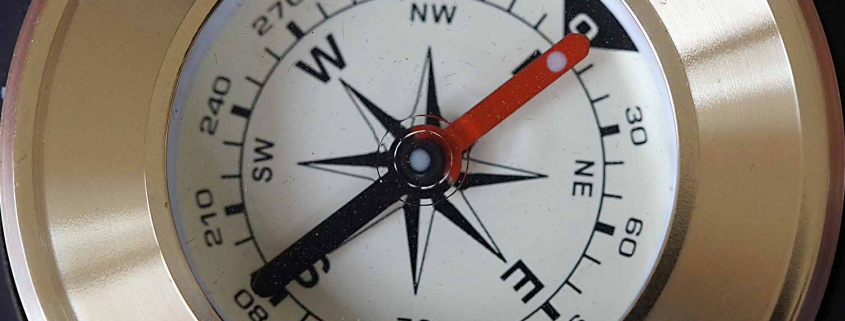Does the FaceFormer® help with UARS?
Question
In contrast to classic sleep apnea, unfavorable anatomical conditions are responsible for the narrowing of the upper airways in “Upper Airway Resistance Syndrome (UARS)” (see Wikipedia). I would be interested to know whether you know whether the FaceFormer can also help with UARS.
Answer
Thank you for your interest in FaceFormer therapy. The method has proven to be extremely effective in numerous scientific studies and with patients worldwide.
The view that the anatomical constrictions in the mouth and throat are the sole cause of UARS is a considerable limitation. In UARS, the abnormal constrictions are clearly recognizable, but it is the slackness of the oral and pharyngeal tissues and the dysfunctional motor pattern deviations that generate the actual problem, the breathing stops or snoring. The morphological dimensions in the oropharynx may be hereditary, but may also have developed as a result of dysfunction. Regardless of the cause, i.e. form or function, compensatory mechanisms develop that must be corrected without exception in order to achieve an improvement. Symptomatic therapies, which are unfortunately even referred to as the “gold standard”, continue to forget that they are only ever a substitute for causal treatments. This is why, for example, patients generally use their CPAP device until the end of their lives and protrusion splints at least until the temporomandibular joints are damaged. In the first case, flaccid tissue is blown aside (air splinting), which may be successful in the immediate application, but the functions and tension states of muscles and tissue gradually develop even more negatively than they already are.
Causal treatments, on the other hand, strengthen the entire system until the problem is eliminated. FaceFormer therapy is one of the causal treatments and is an exercise therapy. There are no alternatives and these are the only procedures that can change movement patterns and strengthen the system in the long term.
FaceFormer training must also be carried out in all cases of UARS. The result is not just a tightening of the tissue, but a completely new movement pattern, negative pressure formation in the mouth/throat, nasal breathing, etc. The anatomical narrowness of the airways does not prevent breathing, but makes it easier for the actual causes, dysfunctional patterns with accompanying flaccidity, to successfully enforce the disorder.
So regardless of whether snoring, sleep apnea syndrome or UARS, FaceFormer therapy must always be used. It is probably the only therapy that effectively influences the causes and – if used regularly and correctly – brings about success.

